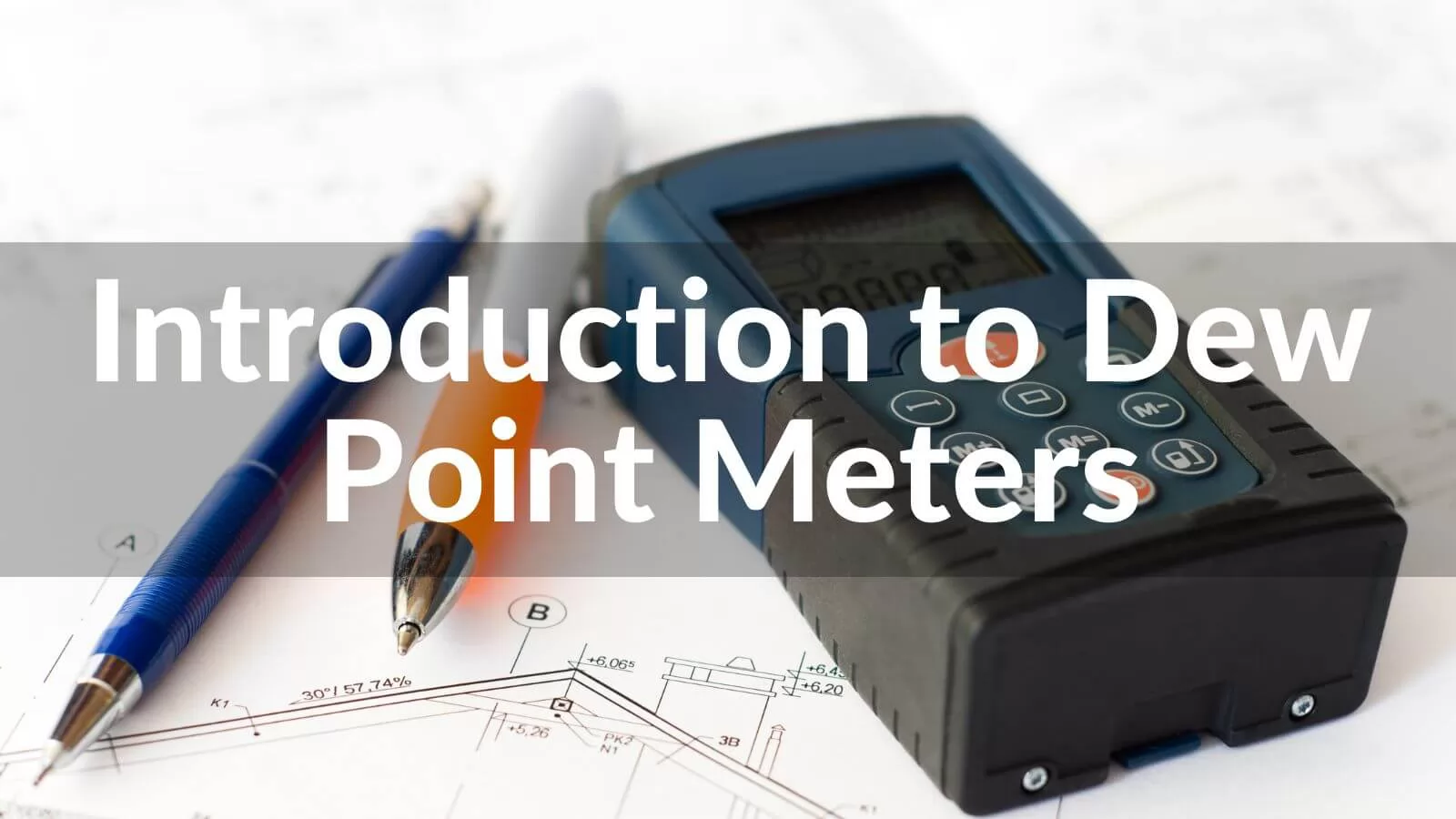
Measuring humidity and dew point is critical in various industries and applications. Understanding these factors can help improve product quality, maintain efficient production processes, and ensure safety in certain environments.
1. What is Dew Point?
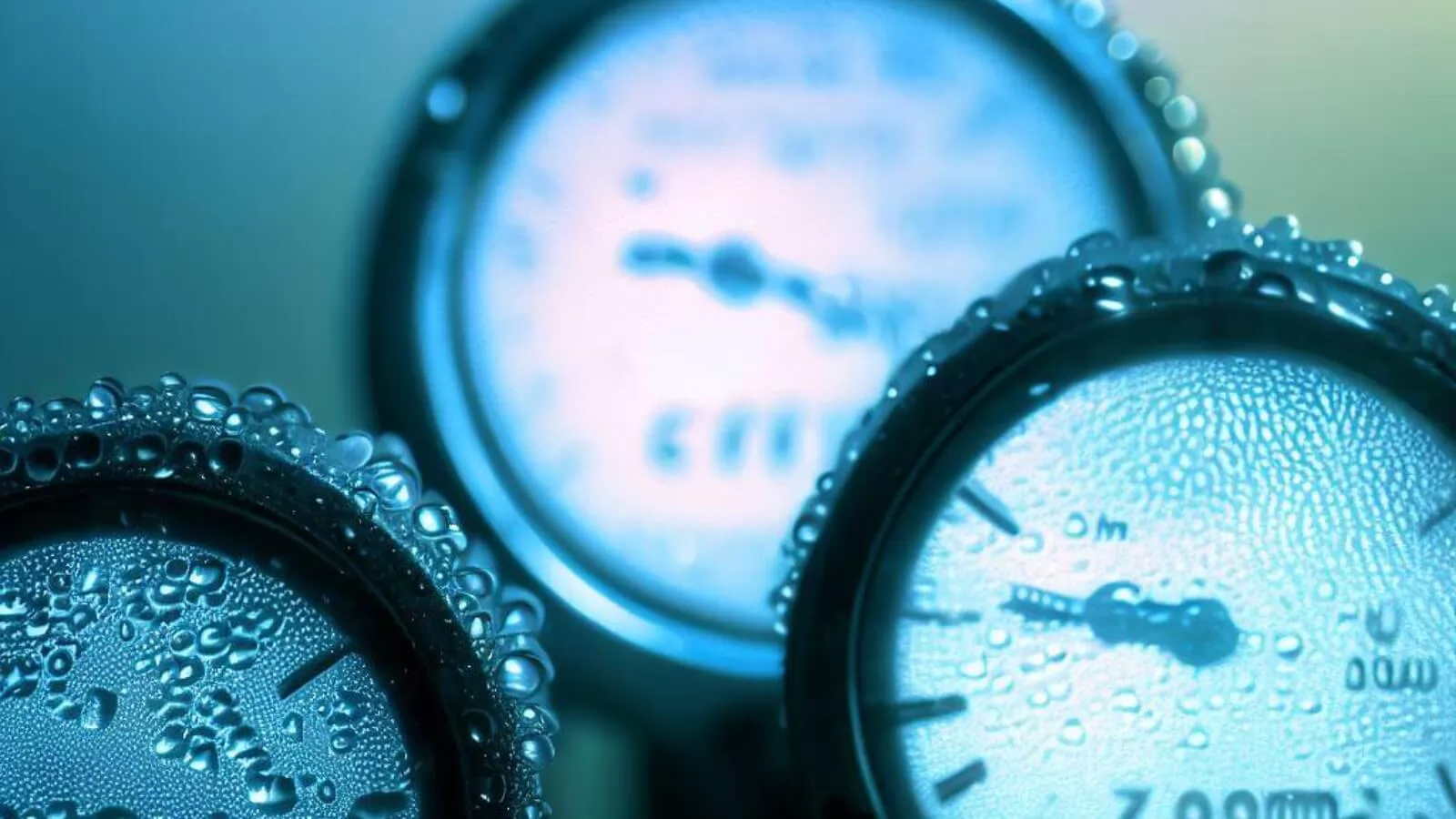
The temperature at which moisture in the air condenses into liquid water is known as the "dew point." It is an essential indicator in many fields, including the food and beverage, pharmaceutical, and electronics industries.
The dew point and temperature are significantly correlated. Condensation occurs when the air's capacity to contain moisture declines as the temperature drops. The dew point is used to determine how much moisture is present in the air at a certain temperature. Degrees Celsius or Fahrenheit are used to express it.
2. What is a Dew Point Meter?
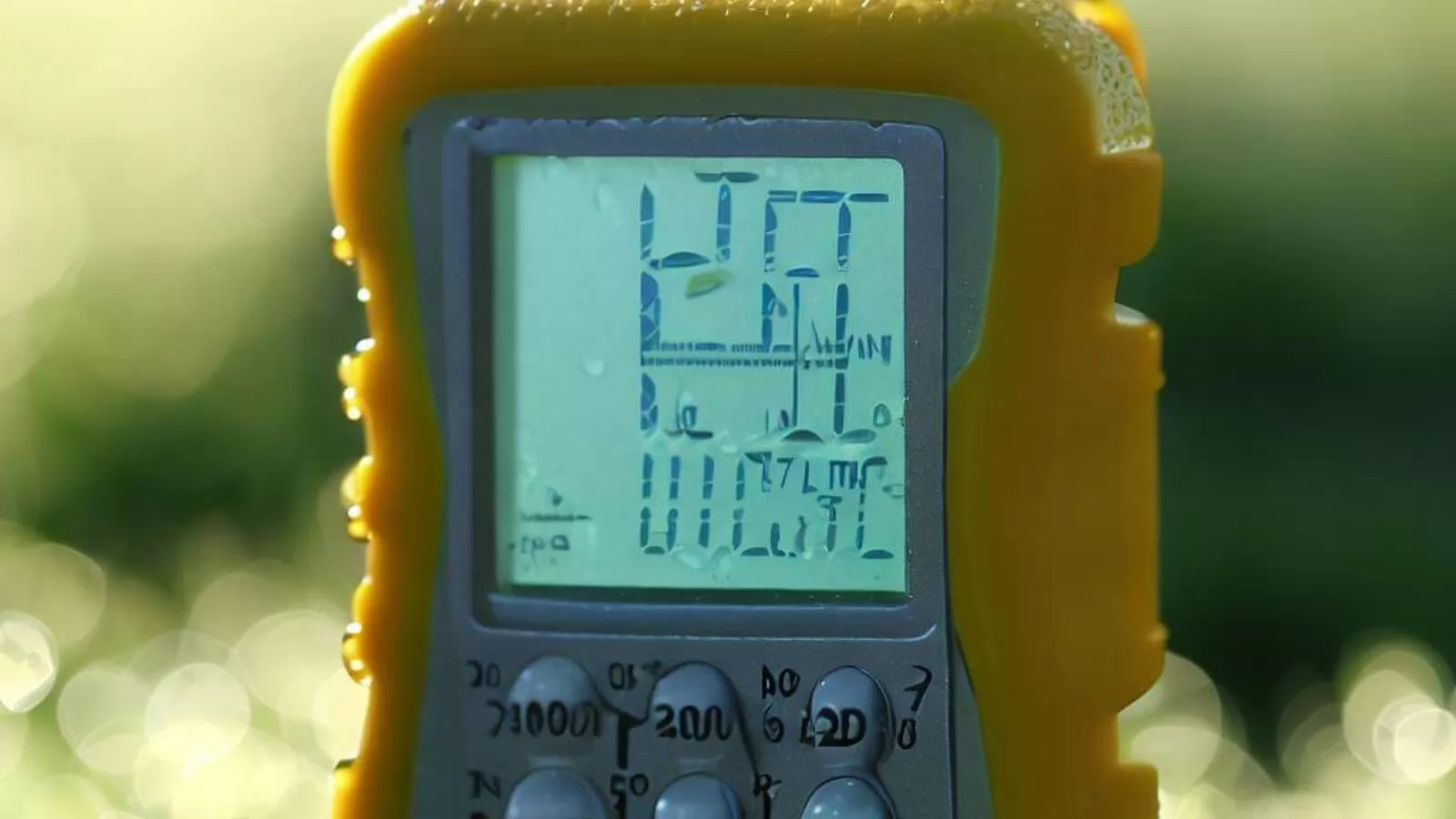
A dew point meter is a device used to gauge a gas or air mixture's dew point temperature. It operates by locating the air temperature at which moisture begins to condense.
Dew point meters come in a variety of forms, including permanent and portable devices. Dew point meters of various varieties, including as chilled mirror, capacitance, and infrared dew point meters, are often used.
These tools are extensively utilized in a variety of sectors, including the food and beverage, pharmaceutical, chemical, and HVAC (heating, ventilation, and air conditioning) systems industries.
3. How Does a Dew Point Meter Work?
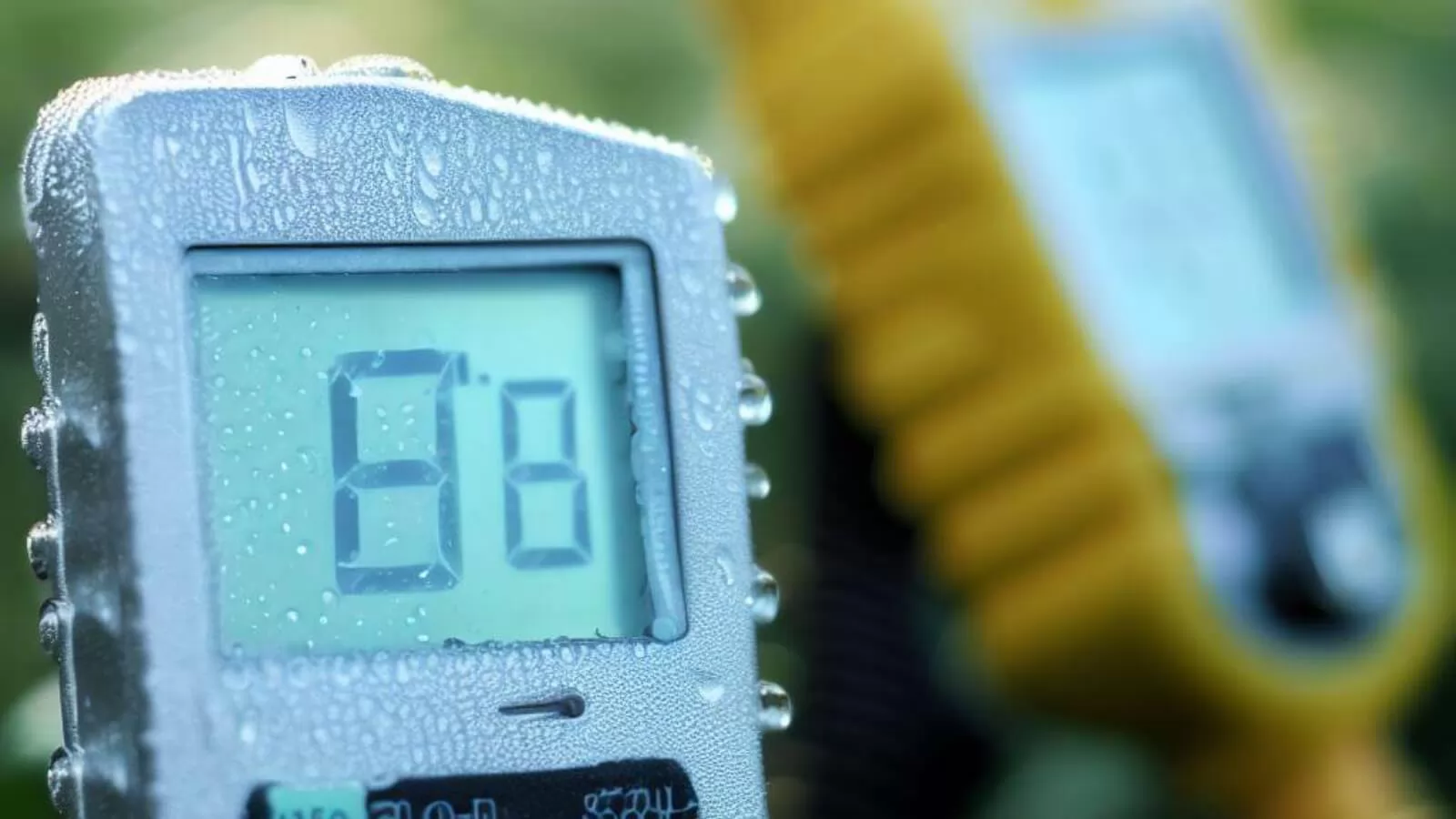
Dew point meters work by measuring the temperature at which moisture in the air condenses into liquid water. The instrument's sensor detects the dew point temperature by cooling a surface until moisture starts to condense on it.
Different types of dew point meters use various methods to detect dew point temperatures. For example, chilled mirror dew point meters cool a mirror surface until moisture starts to condense on it, while capacitance dew point meters measure the changes in the electrical capacitance of a hygroscopic material. Infrared dew point meters detect the moisture level by measuring the absorption of infrared radiation by water molecules.
Factors that can affect dew point measurements include pressure, ambient temperature, and the gas or air mixture's composition. Therefore, it is essential to calibrate the instrument regularly to ensure accurate measurements.
4. Applications of Dew Point Meters

Dew point meters are widely used in several industries, including:
Industrial Measurement: Dew point meters are used in the industrial measurement sector to gauge the dew point temperature in compressed air systems. It assists in locating any moisture build-up in the system that might harm the machinery and have an impact on the caliber of the finished output.
Quality Control: Dew point meters are used in the food and beverage sector to measure the amount of moisture in the air. It aids in making sure that the foods and beverages satisfy the necessary quality requirements.
Environmental Monitoring: Dew point meters are used to measure the humidity and moisture content of the air in cleanrooms, laboratories, and other sensitive environments.
Industrial Drying: Dew point meters are used to monitor the moisture content in industrial drying processes. It helps in optimizing the drying process, reducing energy costs, and preventing product defects.
5. Dew Point Meter vs Humidity Meter
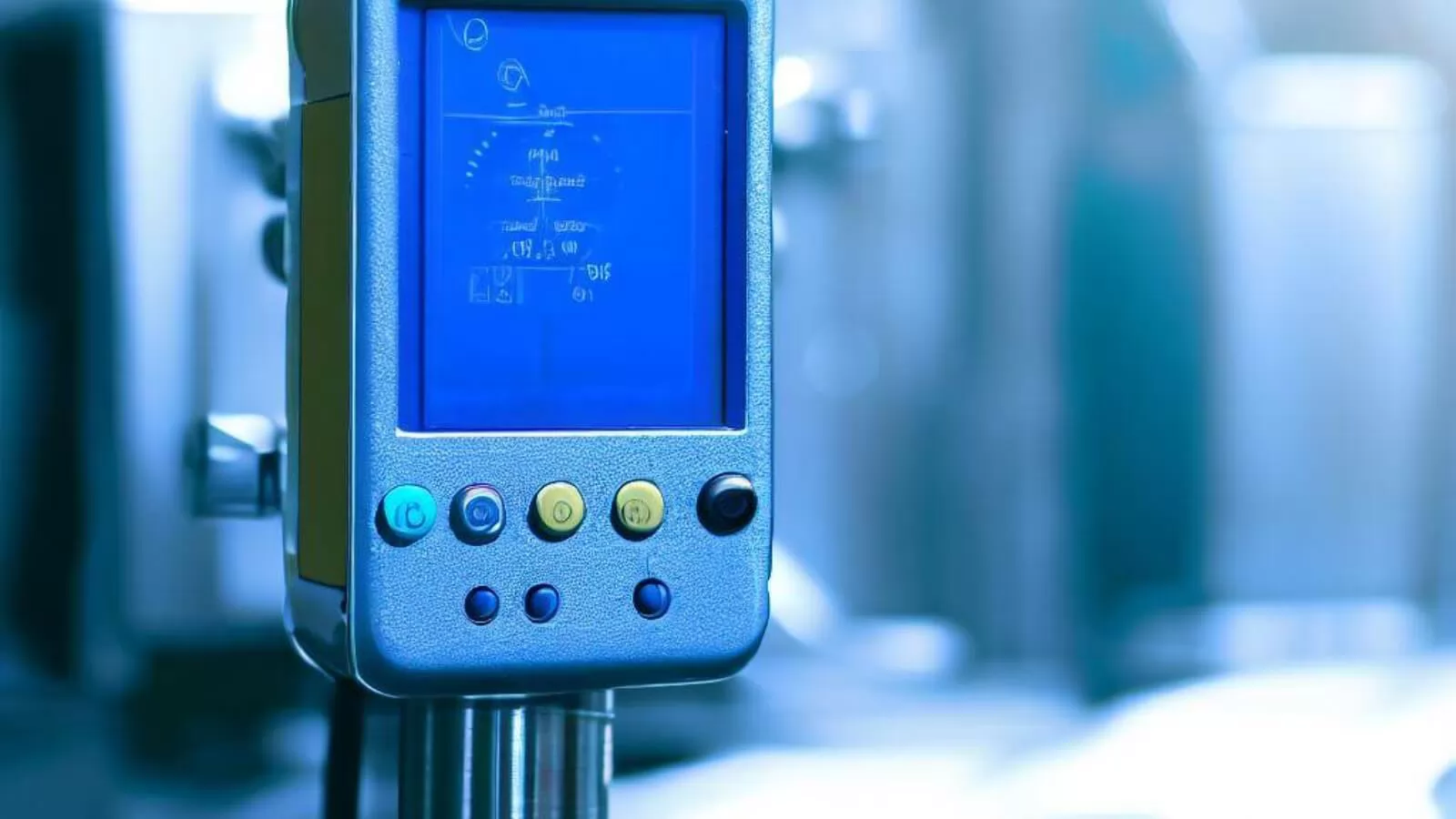
Conclusion
Dew point meters are crucial instruments used in various industries to measure the moisture content of the air. Accurate dew point and humidity monitoring is essential for maintaining product quality, ensuring safety, and optimizing production processes. Knowing the various dew point meter types and their applications can help you choose the best instrument for your particular needs.
If you have other questions, please contact us!



